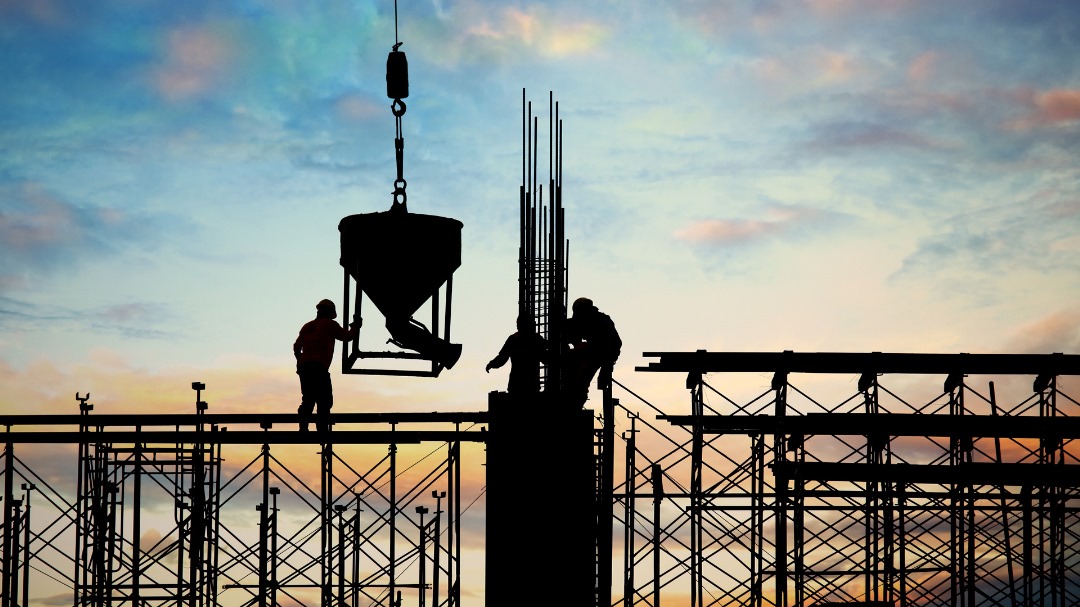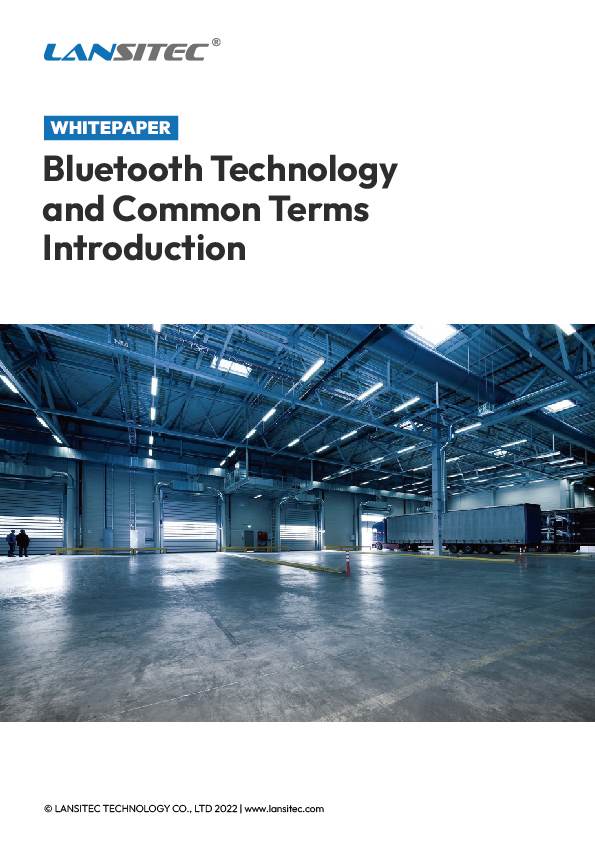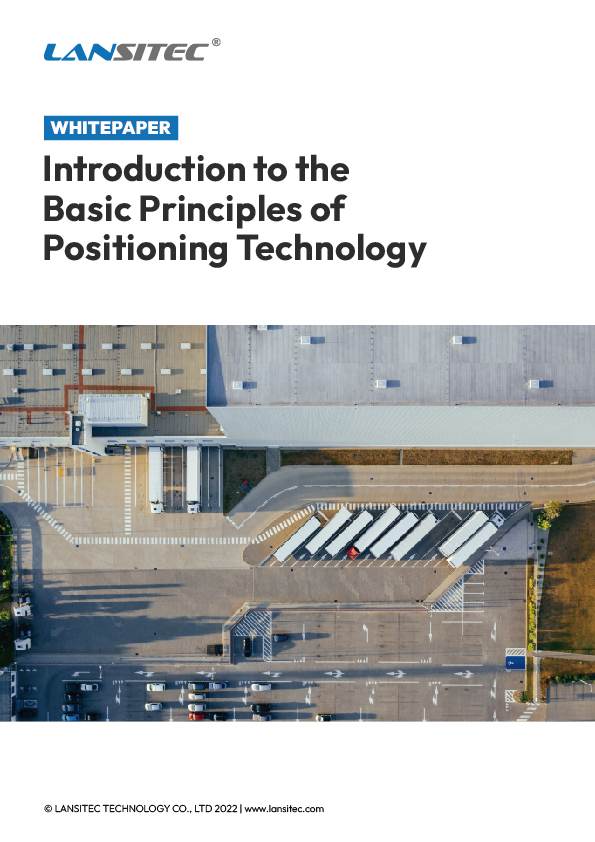Health, Safety, and Environment (HSE) may seem like just another industry abbreviation, but for those in construction, it forms the foundation for successful, sustainable, and responsible projects. In a sector filled with possible risks—heavy equipment, high buildings, and fluctuating conditions—emphasizing employee safety and environmental care isn’t solely a best practice; it’s both a moral duty and a legal requirement. This guide examines the principles of HSE in construction, tackles prevalent misconceptions, and showcases innovative technologies (such as Lansitec’s solutions) that assist in complying with current stringent regulations and future increased expectations.
What Does HSE Stand For in Construction?
Before diving deeper into specifics, it’s helpful to understand the terminology. HSE stands for Health, Safety, and Environment. In construction, this refers to policies and practices that:
- Protect the health of workers and nearby communities (e.g., managing noise, dust, and pollutants).
- Ensure workplace safety by minimizing or eliminating hazards (e.g., falls, equipment malfunctions).
- Safeguard the environment through responsible waste management, resource usage, and ecosystem preservation.
Why does this triad matter in construction? A work site that overlooks any part of HSE can face serious consequences, from legal penalties and public backlash to devastating worker injuries and long-term environmental damage.
Why Is HSE Critical in Construction?
Every day, hundreds of thousands of people around the world head to construction sites. They operate heavy machines, scale tall scaffolding, work in cramped trenches, and handle hazardous materials. The margin for error can be slim, and the repercussions of subpar safety practices are severe.
- Protecting Lives: Falls, electrocutions, and impacts from moving objects remain top causes of injuries in construction. Robust safety guidelines—part of a broader HSE framework—significantly reduce these risks.
- Ensuring Project Continuity: Accidents don’t just harm people; they can also halt entire projects for investigations or repairs. A strong HSE culture keeps projects on schedule and within budget.
- Reducing Costs: While implementing HSE protocols costs money, accidents often cost far more. By preventing incidents, businesses avoid hefty medical bills, legal fees, and regulatory fines.
- Reputation Management: Both clients and regulators increasingly scrutinize companies based on their sustainability and safety records. A strong HSE track record can open doors to new contracts and partnerships.
Understanding HSE Management Standards
HSE management standards are frameworks or regulatory guidelines defining minimum best practices for health, safety, and environmental stewardship. They can come from governmental bodies, international organizations, or industry-specific groups. Examples include:
- ISO 45001 for occupational health and safety.
- ISO 14001 for environmental management.
- Local or regional regulations such as OSHA guidelines in the United States, or the Construction (Design and Management) Regulations in the UK.
Regardless of the specific standard, the goal is to build an ongoing cycle of assessment, planning, execution, and improvement. Adherence to these standards not only shows compliance but also fosters a culture of consistent vigilance and accountability.
Breaking Down HSE Requirements in Construction
People often ask, “What are the HSE requirements in construction?” While exact mandates differ by jurisdiction, most guidelines cover:
- Risk Assessment
Identify and evaluate potential hazards—anything from unguarded machinery to unstable scaffolding. - Control Measures
Implement practical steps to minimize or eliminate identified risks. Examples include personal protective equipment (PPE), guard rails, and signage. - Training and Competency
Ensure every worker, from entry-level laborers to site supervisors, knows how to perform their tasks safely and respond to emergencies. - Emergency Preparedness
Have a plan in place for incidents like fires, chemical spills, severe weather events, or health crises. - Environmental Protections
Manage waste, reduce emissions, and mitigate ecological impact through responsible sourcing, recycling, and sustainable site practices. - Documentation and Record-Keeping
Log near-misses, injuries, inspections, and training sessions. Accurate records help identify trends, measure improvements, and ensure regulatory compliance.
How to Achieve HSE Compliance: A Step-by-Step Process
HSE compliance can feel daunting, especially on large-scale construction sites. But by breaking down the process into more manageable steps, you can build a solid foundation for continuous improvement:
- Conduct an HSE Audit
Begin with a thorough review of current practices and conditions. An external consultant, or an internal HSE manager trained in audits, can help assess whether your site meets existing regulations and identify gaps. - Develop a Comprehensive Policy
Write a clear HSE policy document detailing organizational goals, responsibilities, and procedures. Emphasize leadership buy-in and define responsibilities at each level. - Train Your Workforce
Conduct both general awareness sessions and role-specific instruction. Everyone should understand not only how to work safely but also why each rule or procedure is necessary. - Implement Monitoring and Control Measures
From scaffolding checks to air-quality monitors, deploy the tools and processes that actively manage site conditions. - Use Technology to Improve Visibility
Traditional methods—paper logs, manual headcounts, and static hazard signs—can fall short in a dynamic construction environment. Integrating sensors, trackers, and smart wearables allows real-time oversight. - Evaluate, Review, and Improve
Schedule regular inspections and reviews. Update your policies and training as regulations shift, or as new site challenges emerge.
Common HSE Challenges on Construction Sites
- Dynamic Environments: Construction sites change shape daily, with new scaffolding, heavy equipment, or materials arriving regularly. A static HSE strategy can quickly become outdated.
- Human Behavior: People can become complacent, rush under deadlines, or even ignore rules for convenience. Constant training and positive reinforcement are essential.
- Budget Constraints: Implementing HSE measures—extra railings, comprehensive signage, or advanced wearables—costs money. Many companies initially treat this as a non-essential expense.
- Communication Gaps: Multilingual or transitory workforces can make it difficult to standardize messages or ensure everyone understands safety guidelines.
Despite these obstacles, solutions exist to make compliance more straightforward and effective. A combination of robust procedures and modern technology can help you identify risks faster, implement solutions faster, and ultimately, make the site safer for everyone.
How Technology Fuels Better HSE Outcomes
Modern construction managers increasingly turn to cutting-edge tech tools to overcome their biggest HSE hurdles. Here’s how these solutions can revolutionize your HSE efforts:
- Real-Time Tracking and Geofencing
Wearable sensors, like the Lansitec Helmet Sensor, track worker location on-site—particularly helpful in dangerous areas (e.g., near heavy cranes or open trenches). Should a worker enter a restricted zone, an alert can prompt immediate corrective action, mitigating accidents. - Asset Monitoring
Tools like the Lansitec Macro Tracker or Solar Tracker can pinpoint heavy machinery locations across sprawling sites. Properly maintained and accurately located equipment not only runs efficiently but also reduces unexpected breakdowns or safety incidents due to malfunctioning gear. - IoT Gateways for Data Aggregation
Bluetooth Gateways such as the Lansitec Macro Bluetooth Gateway or Indoor Bluetooth Gateway gather data from multiple wearables and sensors, then transmit the information to a central monitoring system. In a single dashboard, managers see everything from near-miss occurrences to PPE compliance, drastically streamlining oversight. - Proximity Alerts
Devices like Lansitec’s Proximity Gateways can warn workers when they come too close to certain hazards or each other (e.g., overexerting shared resources, or potential collisions between vehicles and pedestrians), thus reducing the likelihood of onsite accidents. - Compliance Record Automation
Digital logs of equipment usage, worker attendance, and environmental data mean fewer manual checks and fewer missed items. Furthermore, such data can be compiled into official HSE compliance reports with minimal effort.
Spotlight on HSE-Focused Lansitec Products
Lansitec provides a broad portfolio of IoT solutions that align with HSE priorities in construction. While there are many, a few notable mentions include:

- Helmet Sensor
- Purpose: Monitors wear detection (ensuring workers have their helmets on) and can detect falls or severe impacts.
- Why It’s Helpful: Immediate alerts in case of a fall can be a lifesaver, speeding up emergency responses.
- Macro Bluetooth Gateway
- Purpose: Collects Bluetooth data from wearables or small sensors and relays it via LoRaWAN.
- Why It’s Helpful: Achieve comprehensive coverage of large construction areas with minimal infrastructure, ensuring you can track your workforce and equipment reliably.
- Solar Tracker
- Purpose: Provides real-time GPS-based locations of vehicles or key assets.
- Why It’s Helpful: The built-in solar panel makes it extremely low-maintenance with a long operational life—ideal for big construction fleets or remote sites.
- SocketSync Proximity Gateway
- Purpose: A gateway that includes a buzzer and LED alerts when workers or assets approach a hazard zone.
- Why It’s Helpful: Encourages safe distancing from potential dangers and identifies real-time site visitor flows.
By integrating these technologies into daily operations, construction managers gain real-time insights, faster response times, and the type of streamlined data collection that fosters continuous HSE improvements.
The Human Element: Building a Culture of Safety
No amount of technology or documentation can fully compensate for a lack of safety culture. Successful HSE compliance relies on an environment where everyone:
- Feels Responsible: Workers, managers, and executives view HSE not as an external requirement but as a shared duty.
- Champions Accountability: Near misses or accidents are viewed not as failures but as learning opportunities to develop safer processes.
- Communicates Proactively: Everyone on-site knows they can speak up about hazards without fear of reprisal. Routine toolbox talks, signage in multiple languages, and open-door reporting policies strengthen this culture.
Construction managers can further encourage this culture by recognizing and rewarding safe behavior, rather than fixating solely on errors and breaches. Positive reinforcement goes a long way in maintaining morale while also reinforcing essential safety rules.
Environment Matters: Sustainability in Construction
Modern HSE doesn’t only look inward at worker safety; it also accounts for the environment. Construction byproducts can lead to pollution (e.g., particulates in the air, wastewater runoff, or chemical leaks). Some best practices to minimize negative impacts include:
- Efficient Resource Use
Adopt circular-economy principles, using recyclable or sustainable materials where possible, and reduce waste generation. - Pollution Prevention
Implement onsite filtration systems for wastewater, dust-containment measures, and spill-prevention procedures. - Smart Sensor Networks
Monitor air quality, temperature, and humidity in real-time to minimize environmental impact and protect workforce health simultaneously.
By emphasizing environmental stewardship, you comply with regulations and gain community trust, paving the way for future projects to launch with public support instead of skepticism.
Navigating Future Trends in HSE
The construction sector continually evolves, and so do HSE requirements. From climate change–related challenges to stricter sustainability regulations, staying ahead requires foresight. Here are key trends to keep an eye on:
- Climate-Resilient Construction
More frequent extreme weather events demand buildings and job sites that can withstand floods, hurricanes, or heatwaves—all while ensuring worker safety. - Data-Driven Decisions
AI and predictive analytics will play a bigger role, analyzing thousands of data points from IoT wearables, sensors, and site logs to identify near-miss hotspots before they escalate into full-scale accidents. - Workforce Empowerment
As younger generations enter the workforce, they’ll expect transparent communication, advanced tools, and collaborative safety initiatives. Engaging them directly in HSE processes fosters new ideas and solutions. - Virtual and Augmented Reality
VR training can immerse workers in realistic site scenarios, offering hands-on experience without the inherent dangers. AR overlays might soon provide real-time hazard warnings on smart glasses.
A Holistic Approach to HSE in Construction
Meeting HSE requirements in construction isn’t just about checking regulatory boxes; it’s a mission to safeguard lives, protect the planet, and promote productivity. A robust program that factors in training, technology, leadership, and culture will set you on a path toward sustained success. With a blend of forward-thinking management, state-of-the-art wearables, and real-time data monitoring—like those provided by Lansitec’s line of sensors and gateways—it’s possible to create an environment where safety becomes second nature.
Remember: HSE is a journey, not a destination. As construction sites transform and regulations adapt, so must your strategies. By maintaining a culture of continuous learning, improvement, and open communication, you’ll ensure your project sites aren’t just productive—they’re safe, healthy, and environmentally responsible for everyone involved.







